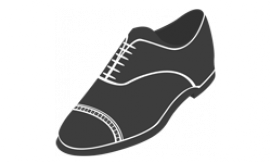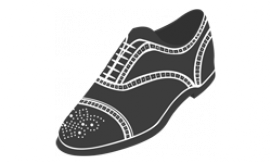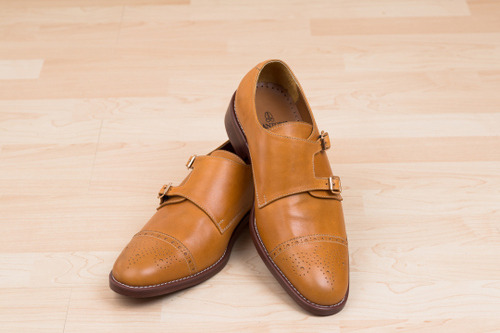
I can’t remember where I first read about the history of the brogue shoe, but I think it was one of the first sartorial history tidbits I picked up that really got me interested in the background behind the classics we see everyday. The brogue shoe, like many other aspects of style, originated for a purely functional purpose. The shoe was worn by farmers in the United Kingdom who would spent their days working in boggy and swampy fields inherent to the region. Wearing traditional shoes, these farmers would find themselves constantly pulling off their shoes to empty out the water from the swamps. The brogue was a simple solution to this squelchy problem. Shoemakers began to punch holes through the leather uppers of the shoes, usually following seams and running along the bottom of the shoe. These holes would allow the water to drain throughout the day. While feet still got wet, they weren’t soaking all day and provided a new level of functionality. These days, as the style has become more of a fashionable design rather than an operational advantage, the perforations no longer are punched the whole way through the shoe, so they wouldn’t help you much in a swamp, but they look damn good. I love a design that takes a standard, minimal design and adds a bit of flair without taking away from the class and grace of the item, and most of my favorite shoes have brogue detailing.
Some additional info:
There are actually a few standard ‘levels’ of brogue-ing (if that’s a word).


There are actually a few standard ‘levels’ of brogue-ing (if that’s a word).
- The ‘quarter-brogue’ shoe refers to a cap-toe shoe (usually an oxford) with brogue details running only along the seam of the cap.

- A half brogue is also a cap-toe shoe, but adds brogue details on the toe as well as the cap seam, and usually along the other seams inherent to an oxford style shoe as well.

- A wingtip or full brogue incorporates the extra seaming of a wingtip shoe, and lines those seams with brogue detailing for a much more intricate design.

- Less often, you will plain-toe shoes (no cap) with decorative brogue details.

These pictures are all borrowed from the Mantorii Custom Footwear website. If you have the dough, I highly recommend checking them out. I myself haven’t had the influx of cash needed to snag a pair, but damn do those shoes look nice. They are also fully customizable, from leather type and color to general style of shoe or boot to brogue details, and are based off a personalized outline of your foot to ensure the highest level of fit and comfort. They aren’t cheap, but they are pretty comparable to a new pair of Allen Edmond’s. If any of you do make a Mantorii purchase, be sure to let me know how it turns out! I personally have my eyes set on the custom double-monk designed by Sabir M. Peele (author of Men’s Style Pro), which features half-brogue detailing:


No comments:
Post a Comment